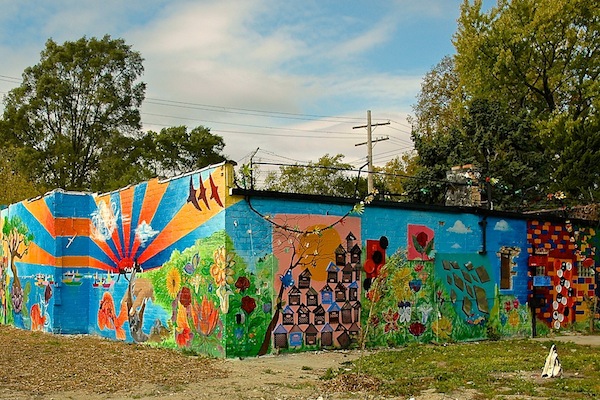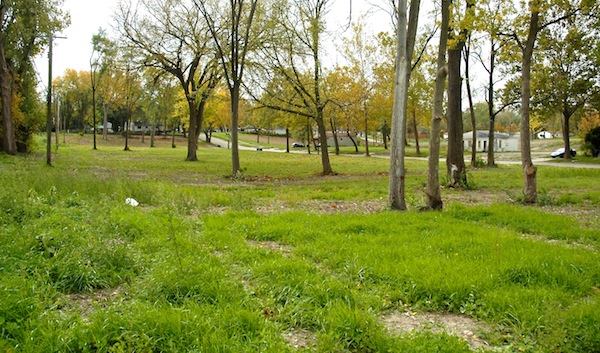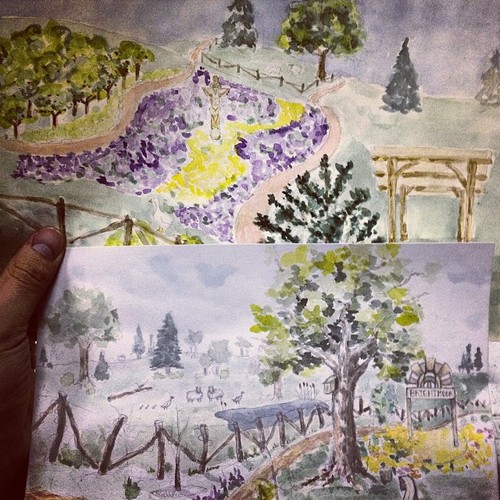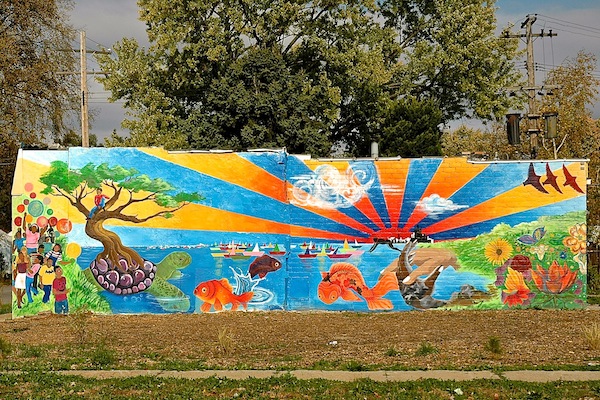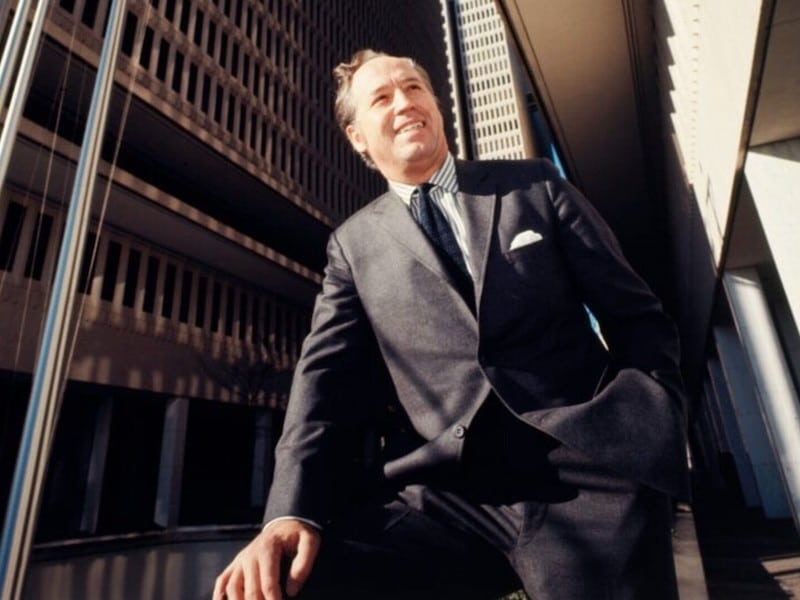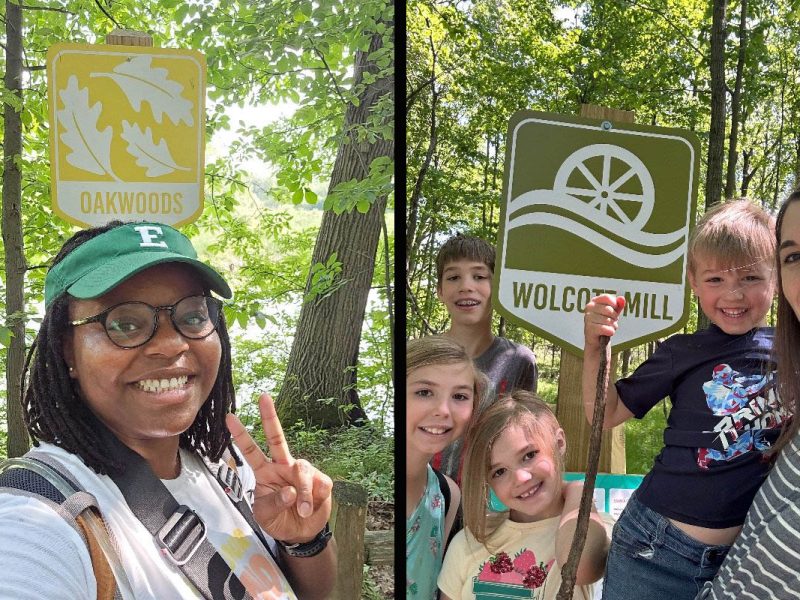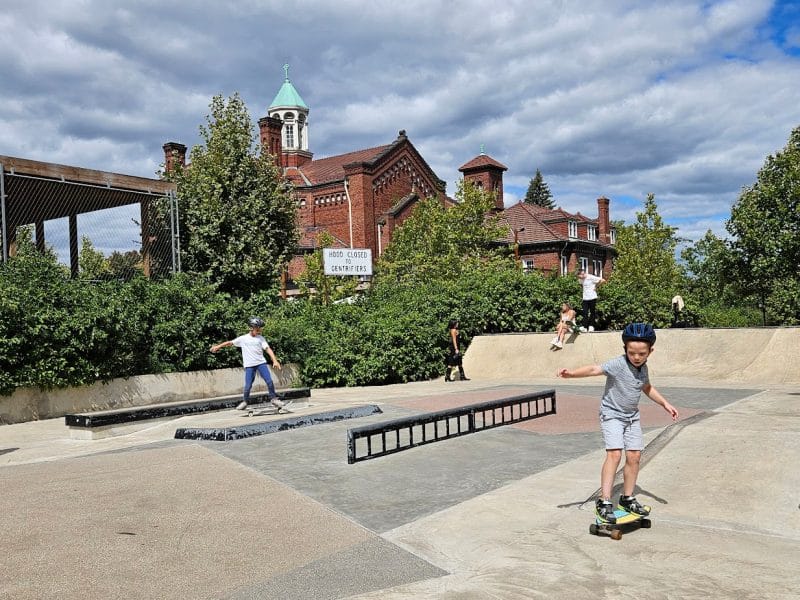On the Ground: Clearing blight, uncovering assets in Brightmoor
Developed nearly a century ago to accommodate the city's swelling population of laborers, Brightmoor remains on the cutting edge of future land use projects in Detroit. Matthew Lewis reports from the far Northwest side of town.
Brightmoor stands at the forefront of land use in the city of Detroit, much as it did when it was first developed in the 1920s. In Burton’s History of Detroit and Wayne County, Burt Eddy Taylor, the real estate developer who first built homes in the wilderness that would become Brightmoor, is described as a man on the vanguard of real estate practices in Michigan:
“It was not without experience in the real estate field that Burt Eddy Taylor came to Detroit, and this experience enabled him readily to grasp the situation, recognize the existing conditions and improve his opportunities. Detroit was growing by leaps and bounds. Her industrial stride was resulting in the accession of thousands of new residents each week. Mr. Taylor knew that the lack of homebuilding could be the handicap to Detroit’s further progress and he recognized that the man who met the demands of the city for housing had before him the most splendid chance for the attainment of success. Therefore he directed his efforts to the development of subdivisions and is perhaps without an equal in the extent of his realty operations in Michigan.”
Economic and physical conditions have changed significantly over the 90 years since Taylor began developing Brightmoor, but the neighborhood remains at the frontier of land use in the city. Instead of a place that is accommodating population growth, Brightmoor has become a place that is learning to deal with the loss of residents, the abandonment of homes, and illegal dumping.
Large sections of Brightmoor’s traditional core suffer extremely high vacancy rates. In many cases, more than 50 percent of residential lots per census block group are vacant in Brightmoor. For years, this vacancy has made the neighborhood a hotbed for illegal dumping.
Brightmoor has been identified by the authors of Detroit Future City as an “Alternative Use” typology, or an area characterized by a high degree of land vacancy. The strategic framework emphasizes the following as appropriate strategies for areas like Brightmoor: “Assemble large contiguous areas of vacant land under public ownership for economic uses or alternative productive land uses; develop large-scale blue infrastructure projects such as low-lying lakes; transition underutilized commercial land to blue infrastructure; organize neighborhood-based removal of vacant housing units and clean-up programs; create pilot programs to test low-cost means to prevent illegal dumping.”
Recently, a prominent business owner spoke out (or, to be more accurate, was outspoken) with an idea for the use of vacant land in Brightmoor. He suggested building a mountain of trash on vacant land to draw people to the area. Frankly, this kind of asinine idea does not deserve attention; however, there exists plenty of ideas coming from within Brightmoor that address the use of vacant land in creative ways.
Community leaders and residents of Brightmoor are viewing vacant land as an asset and opportunity for reinvention and are embracing some of the strategies put forward in Detroit Future City.
The Detroit Blight Authority, a private nonprofit, recently cleared over 98 acres (a 14 block area composed of over 500 residential lots) of blighted land in Brightmoor of non-structural blight left on lots by illegal dumpers. The Authority has yet to demolish any structures, though it has identified residential demolition as the next phase of its work in Brightmoor.
Clearing the land, however, is only the beginning of the story of Brightmoor’s attempt to reinvent itself. The question of how that cleared land will be used to the benefit of the community is one that residents are now asking themselves.
This past Wednesday, a group of neighborhood artists, residents, and representatives of the College for Creative Studies Community Arts Partnerships program convened at the Brightmoor Community Center to discuss strategies for transforming the land cleared by the Blight Authority into an asset that will serve as an amenity to people in the neighborhood as well as a destination that will draw visitors from outside of the community.
Such thinking resulted from the Brightmoor Alliance applying for and receiving a Knight Arts Challenge grant of $50,000. With funds available, residents are devising plans for how to best erase blight with art.
Residents are thinking of ways to use materials from the non-structural blight as well as materials from soon-to-be demolished homes to build neighborhood infrastructure elements. One idea that seemed to have traction at the meeting was the creation of a series of paths connecting assets throughout the neighborhood.
“Brightmoor has a lot of beauty in it already,” says Riet Shumack, founder of the group Neighbors Building Brightmoor. “One of our best assets is our trees.” Highlighting these existing assets will likely be a main feature of whatever art project ends up being built in the area recently cleared of blight.
Chazz Miller, Brightmoor resident and the artist behind Old Redford’s Artist Village, says this: “We need to be thinking about how this project will be used in different seasons. Detroit is about the seasons.”
Arts projects have benefitted the Brightmoor community in recent years. Attendees discussed a mural located at Burt and Lyndon that is so prominent it has actually caused traffic backups. The Neighbors Building Brightmoor area has been on the vanguard of transforming blight into art by developing vacant lots into community agriculture spaces as a part of the Brightmoor Farmway, as well as turning abandoned homes into art objects. The results have been clear — the Neighbors Building Brightmoor area remains largely free of blight.
Monthly meetings are being scheduled to further develop ideas of how to best implement art projects in the area cleared of blight. Continue to follow “On the Ground” for updates.
Matthew Lewis is project editor for the On the Ground series.
Photos by Aaron Mondry
